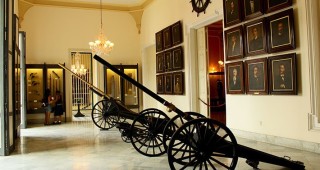Strategically located on Cuba Street between Cuarteles and Peña Pobre, it looks out onto the bay. Noteworthy in this 18-century mansion is the 32 meter-long continuous balcony on its façade, one of the longest built in Cuba. Its exteriors have been compared with the Inquisition Palace in Cartagena de Indias, Colombia.
In spite of its varied functions throughout its long history, it is very well preserved. The Pedroso families were descendants of noble families in Havana and Don Mateo was alderman of the city and one of the most influential figures of the colonial government. Late in the 19th century, the house served successively as Court, jail, and police headquarters. It became a tenement house in the 20th century and was later refurbished for its present role as a shop. Today it is the Palacio de la Artesanía, a gift shop. This complex sells cigars, coffee, rum, Cuban music and art, fashion and sports clothes and T-shirts (including guayabera shirts), shoes, jewelry, watches, fans and books.
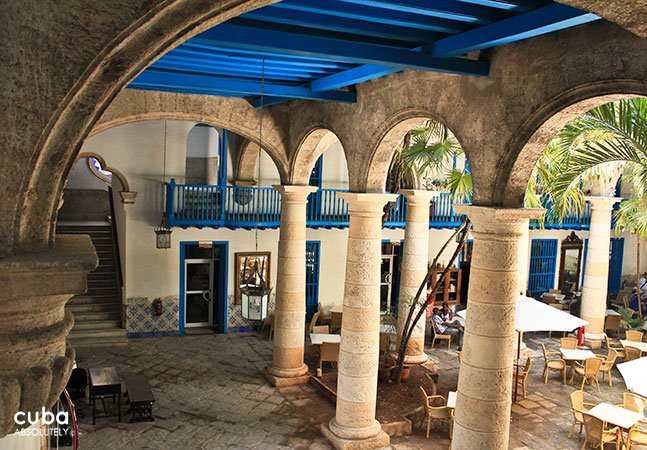
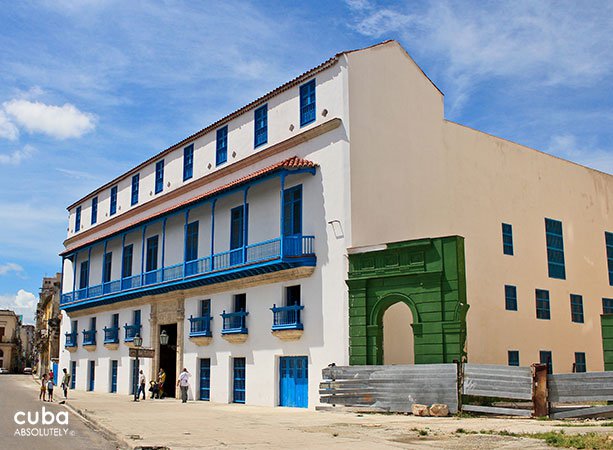
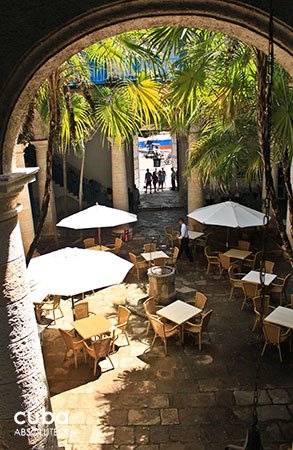
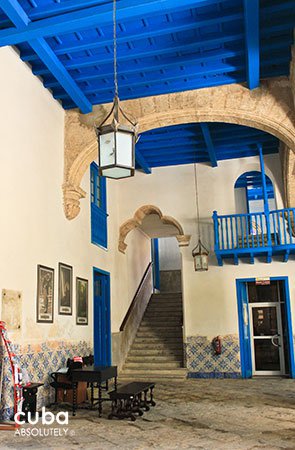





 Baroque
Baroque


